By Carol Kutik
Most of us don’t think a lot about balance until we experience a fall, near fall, or other situation where our balance is challenged. When we are standing, sitting and/or moving, balance is the process of controlling the body’s center of gravity and its base of support. A complex series of processes in the body, including where the body senses itself to be, inner ear function, and vision are all part of the process. Any change in one of these areas, such as visual changes, fluid imbalance, or change in muscle strength or posture can affect balance and the ability to anticipate and react to unexpected forces or movements.
This month’s Senior Corner presents several basic balance exercises, along with variations and progressions. In last month’s column, The Essential Nature of Posture for Balance and Function, we shared the importance of good postural awareness in all daily activities. Good posture is also imperative to being able to safely perform balance exercises.


Whether seated or standing, you can assess your posture by aligning your ears, shoulders, and hips. It becomes easier with time and practice to feel your body’s position – we call this “kinesthetic awareness.”
As with all exercise, safety comes first. No exercise should be attempted if you feel it may cause harm or a fall. It is also a good idea to have assistance when you are new to balance exercises, as well as when you begin to progress to more challenging positions.
Seated exercises are a great place to start and also essential for wheelchair users. Basic progression includes: sitting upright, shifting weight in various directions, and returning to upright posture. A chair with firm support can be used initially, followed by sitting on a balance disc, and then a balance ball.

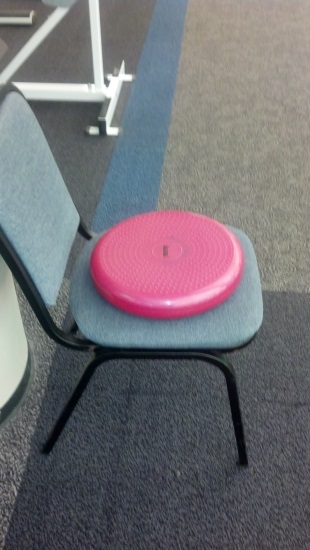
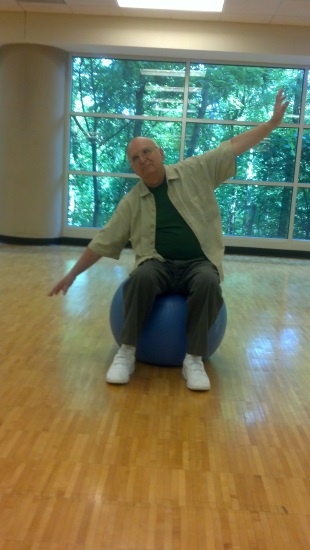
Strength is as important to balance as balance is to strength! They work together to allow the body to perform all activities. Lower body strength is necessary to stand upright, move up and down from a seated position, and to move safely. The squat is one of the best exercises to strengthen all of the muscles needed to get up and down.
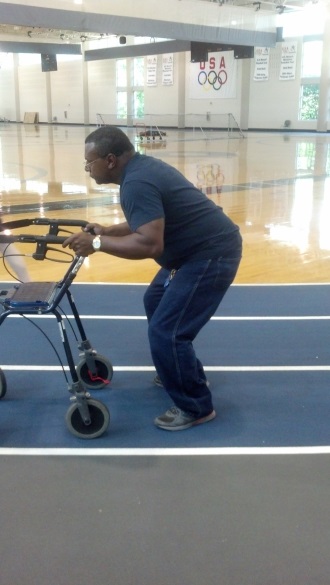
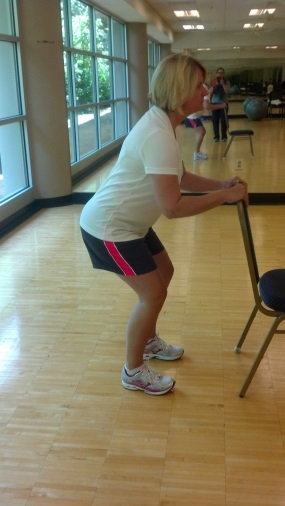
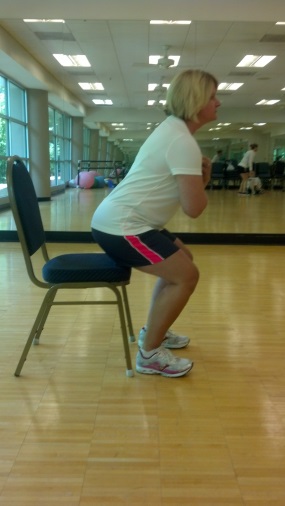
Begin with small movements. Keep your knees behind your toes and progress to a deeper squat as you get stronger.
